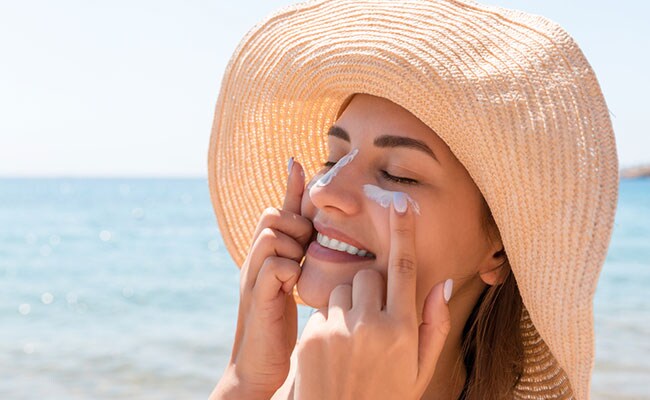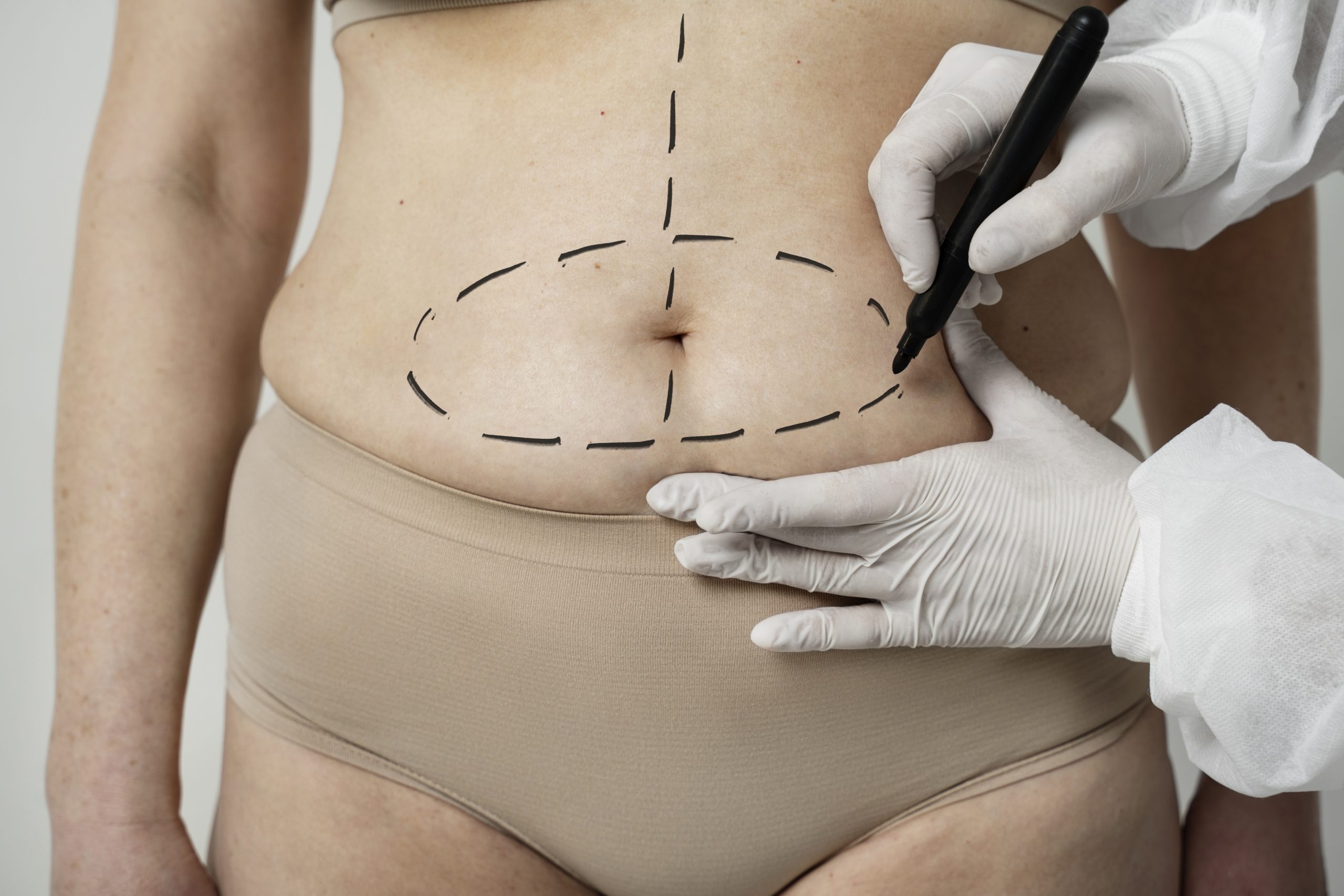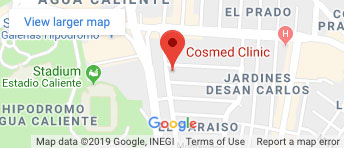Contributed by CosMed Clinic Dermatologist, Dr. de la Fuente, M.D.

Although there are differences between young and aged skin with respect to the condition of the epidermis, dermal collagen is the most important factor in whether the skin appears to be young or old.
The quest for youth and beauty is an ongoing one. No organ conveys youth and beauty to the extent that skin does. Advances in research over the past several decades have yielded a tremendous amount of information on the molecular pathways involved in both intrinsic aging (natural) and extrinsic aging (photoaging). A major factor that determines the appearance of the skin is the condition of the dermal collagen. Although there are differences between young and aged skin with respect to the condition of the epidermis, dermal collagen is the most important factor in whether the skin appears to be young or old.
Medical and procedural interventions are available to improve aging skin. Medical interventions typically refer to topical agents, creams or medications that will prevent sun damage or stimulate the production of new collagen. These treatments are long-term solutions, and the results, although measurable, can be subtle and occur over fairly long periods of time. Medical treatments focus mainly on the issue of abnormal collagen; such treatments include the use of topical retinoids, select antioxidants, hydroxiacids, and more recently, drugs that are used primarily to resolve precancerous skin lesions.
Procedural treatments, on the other hand, tend to lead to more dramatic changes, and the effects are noted sooner than with medical therapy alone. These procedures are often employed in conjunction with medical therapy to combat the effects of aging skin. Procedures such as intense pulsed light and lasers can address dyspigmentation, redness, and textural changes. Peels, depending on its depth of penetration can also address hyperpigmentation, textural changes, and superficial wrinkles. Radiofrequency can address superficial wrinkles and loose skin. Soft-tissue fillers address the volume loss associated with aging. Botulinum toxin injections are used to treat dynamic wrinkles associated with repeated muscle movement and that ultimately lead to “fixed” wrinkles at rest.
Click here to learn more about popular non-surgical facial rejuvenation procedures available.
At CosMed, all of these procedures are administered by trained medical professionals, not medical technicians, nurses or physician assistants. Don’t forget that the most important intervention for preventing or minimize extrinsic aging is sun protection with a UVA/UVB sunscreen/sunblocker with at least an SPF 30.
Still not sure about these interventions? Try a free professional Digital Complexion Analysis to help you understand which treatment is best for your skin. Contact us to book your free evaluation and we will be happy to answer your questions.
*****
Dr. Alberto de la Fuente García, M.D. is a Dermatologist experienced in both clinical and cosmetic Dermatology. You can contact him at www.CosMedClinic.com




